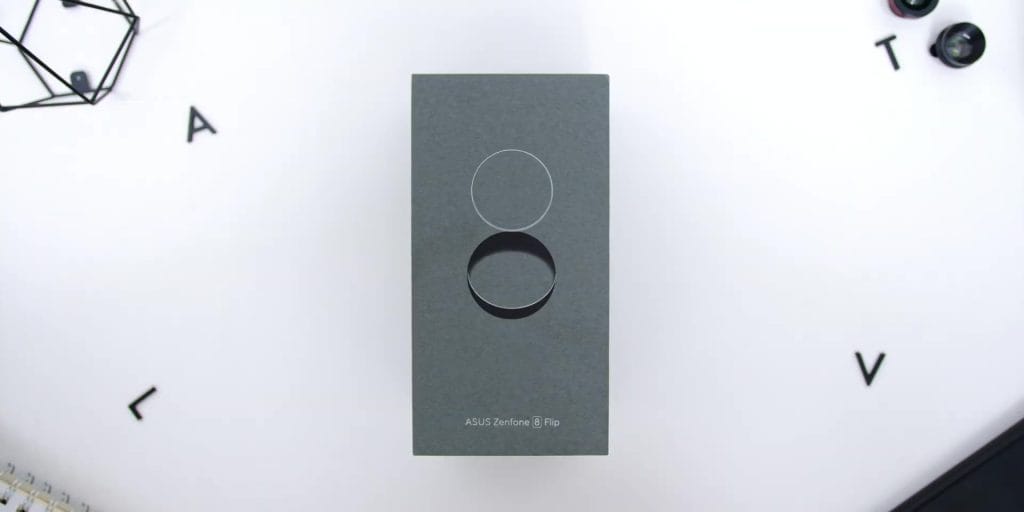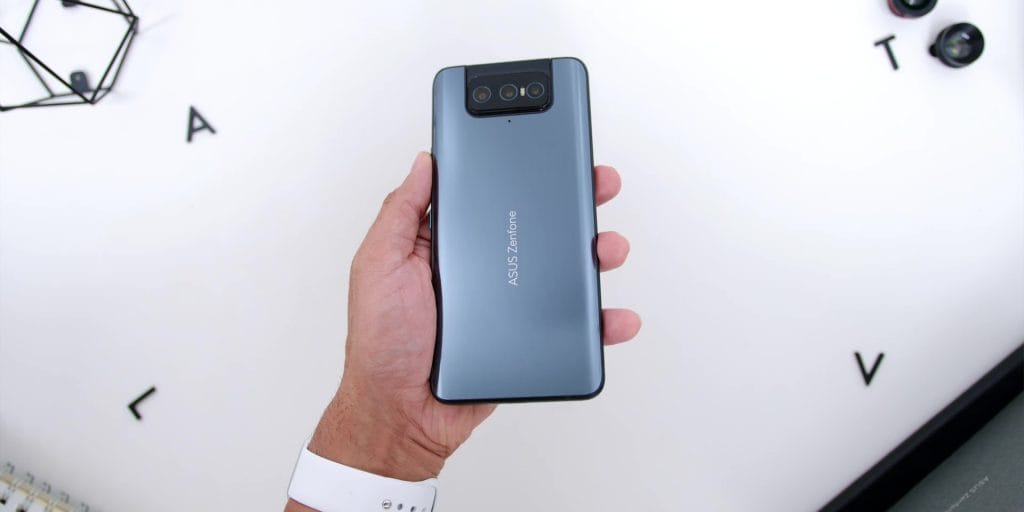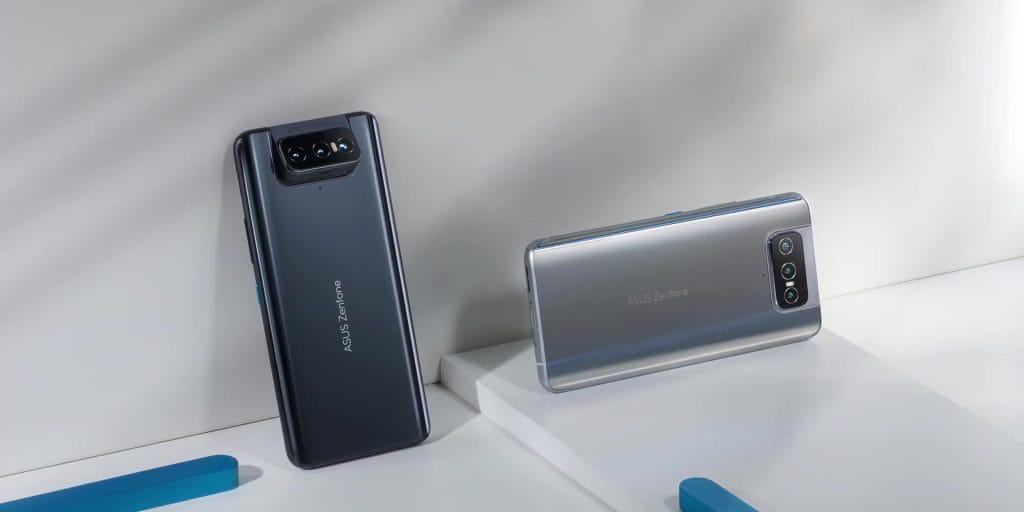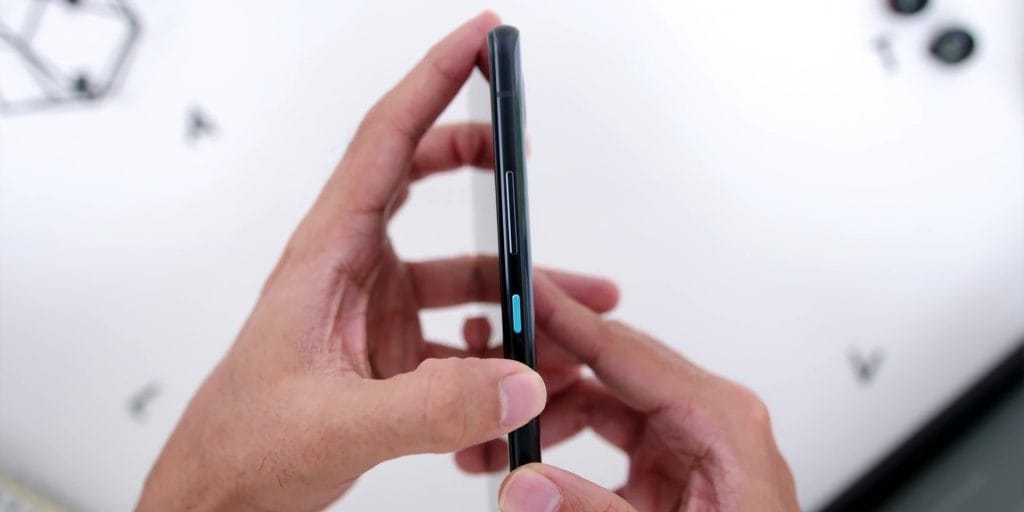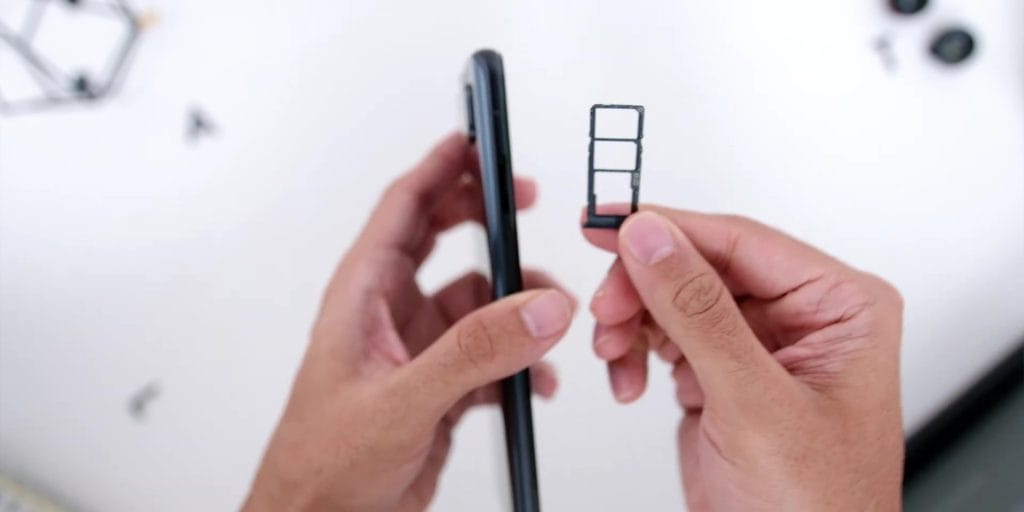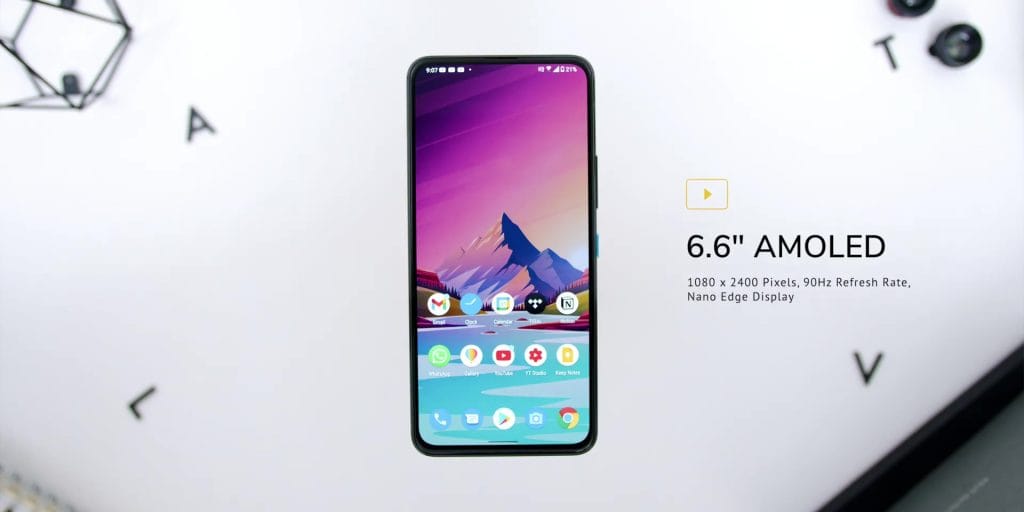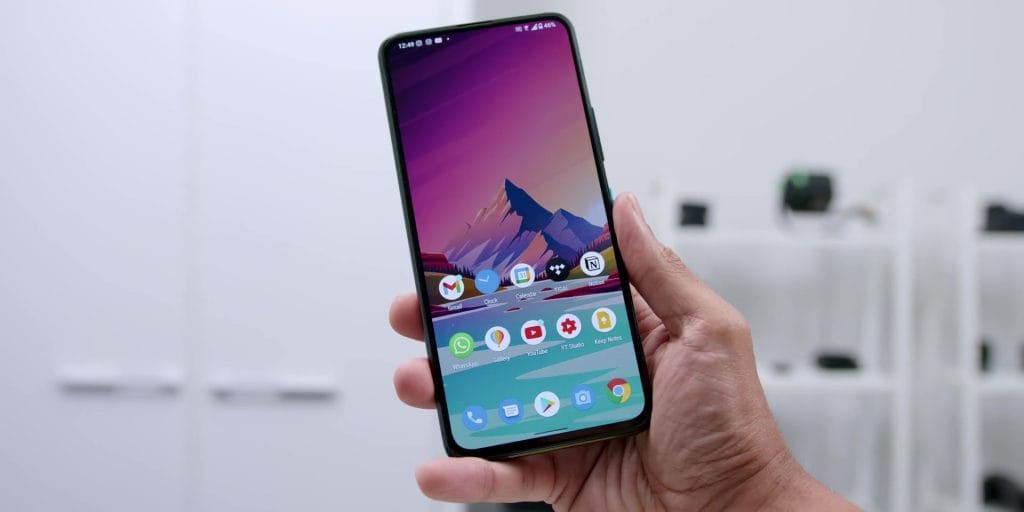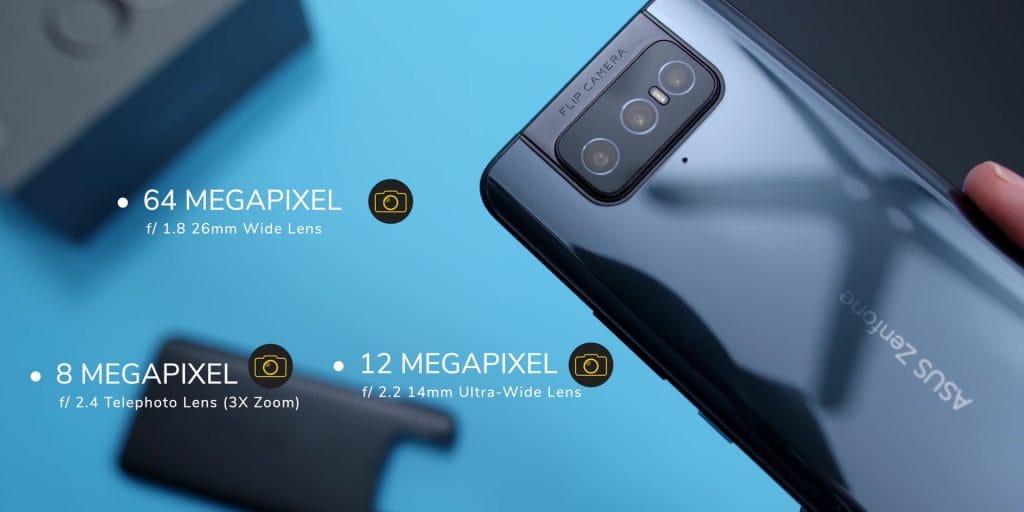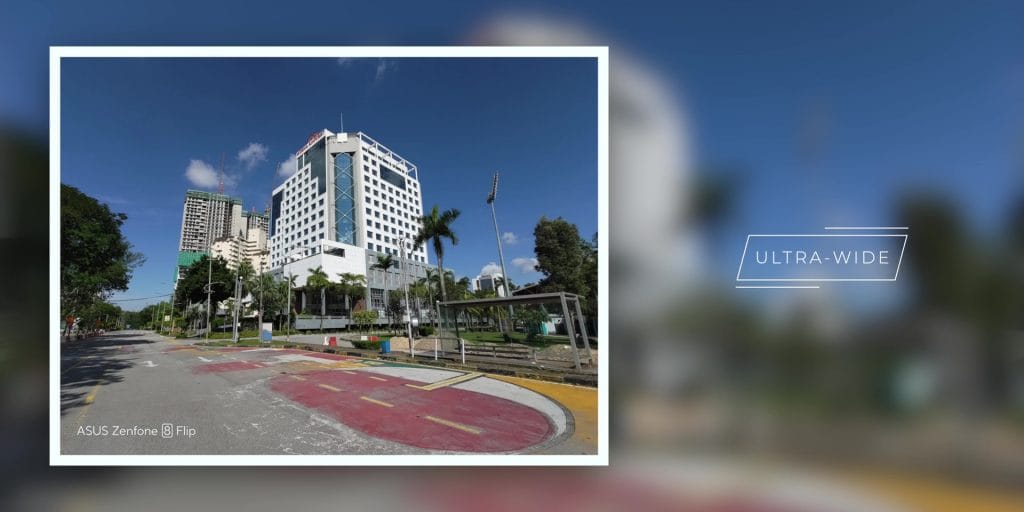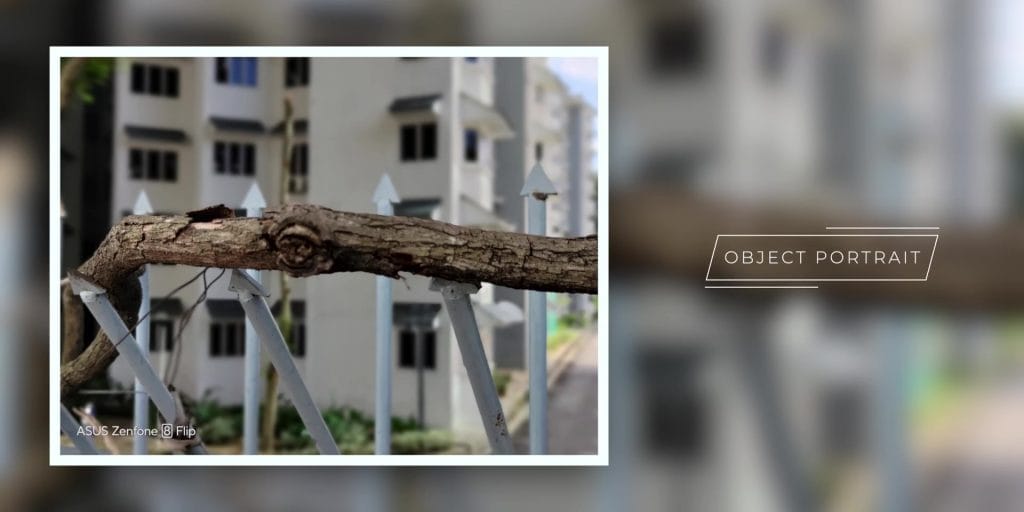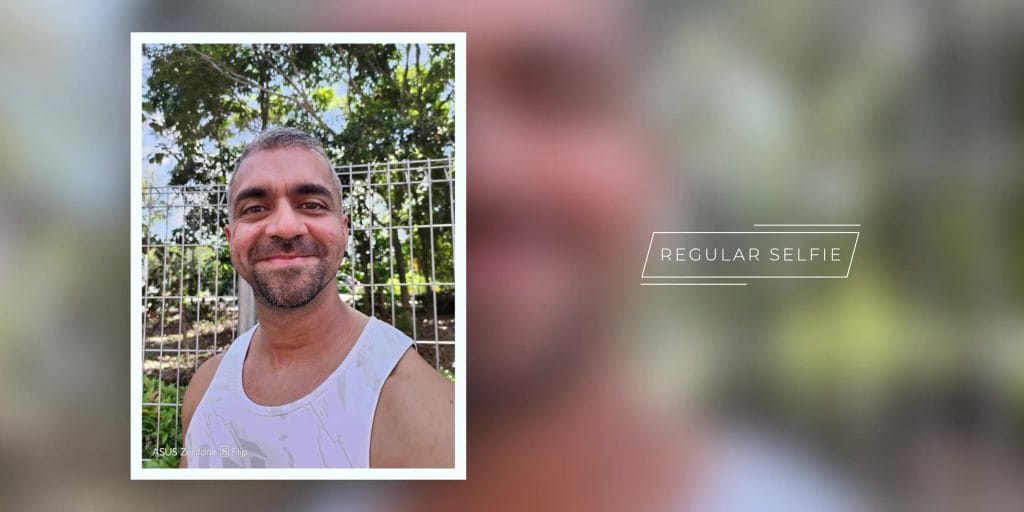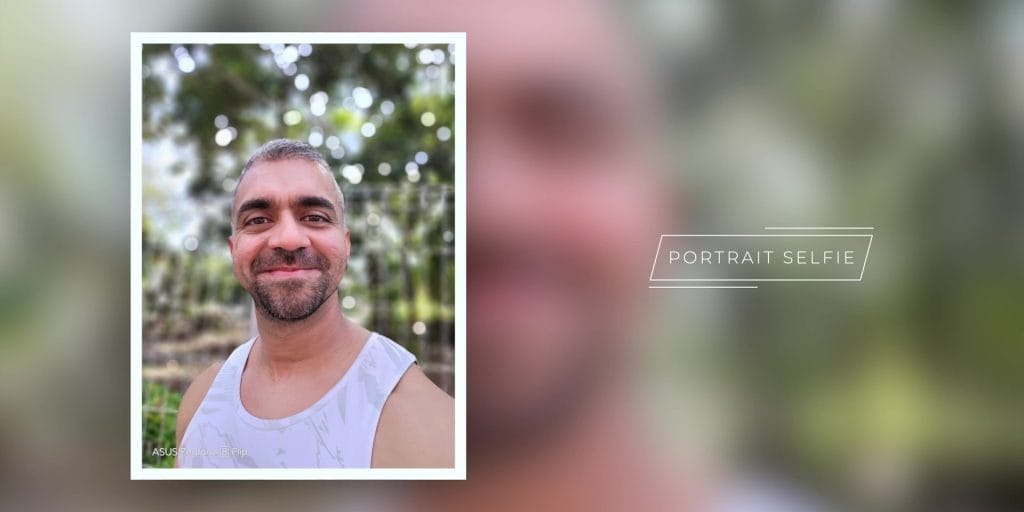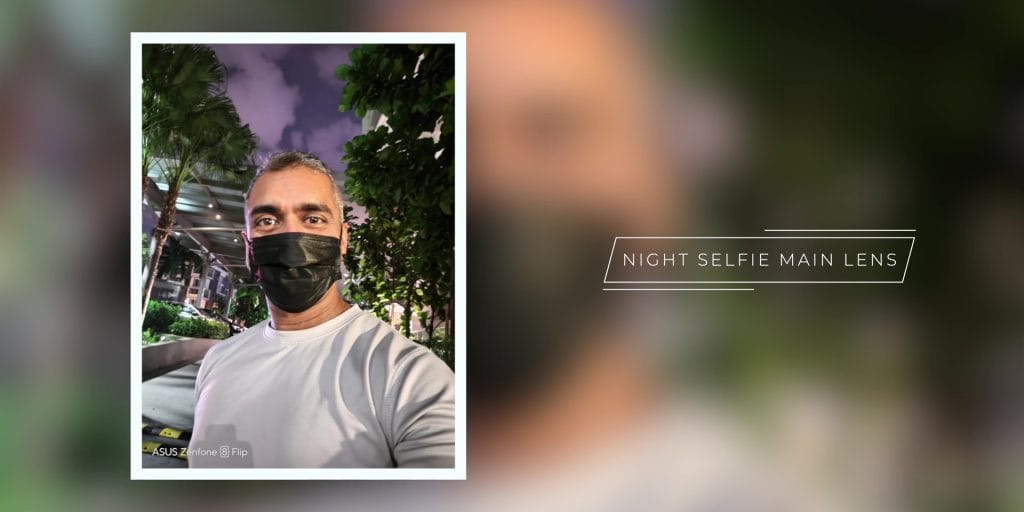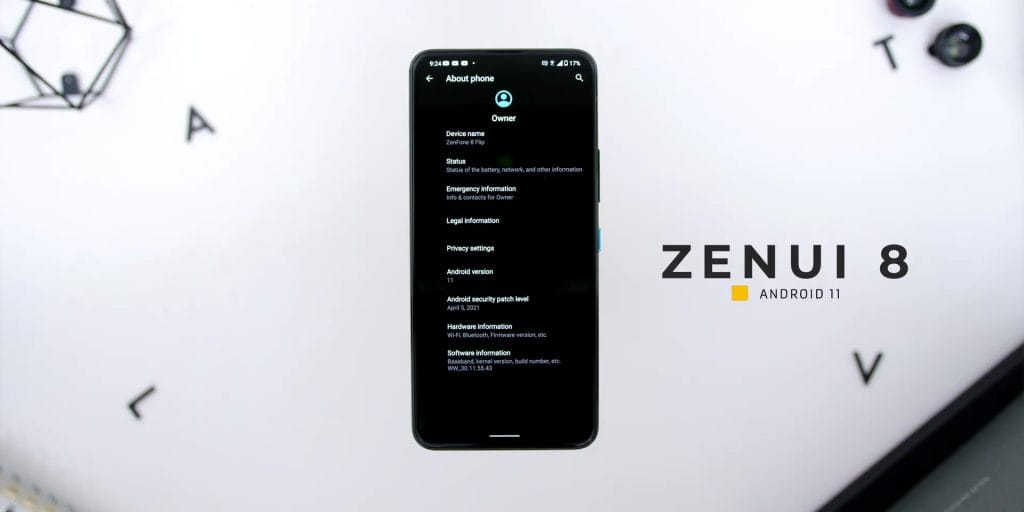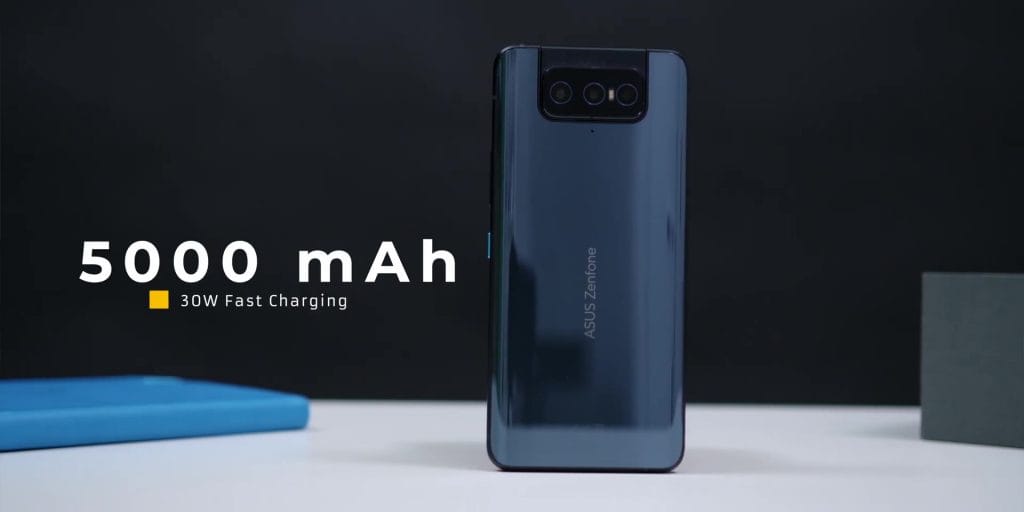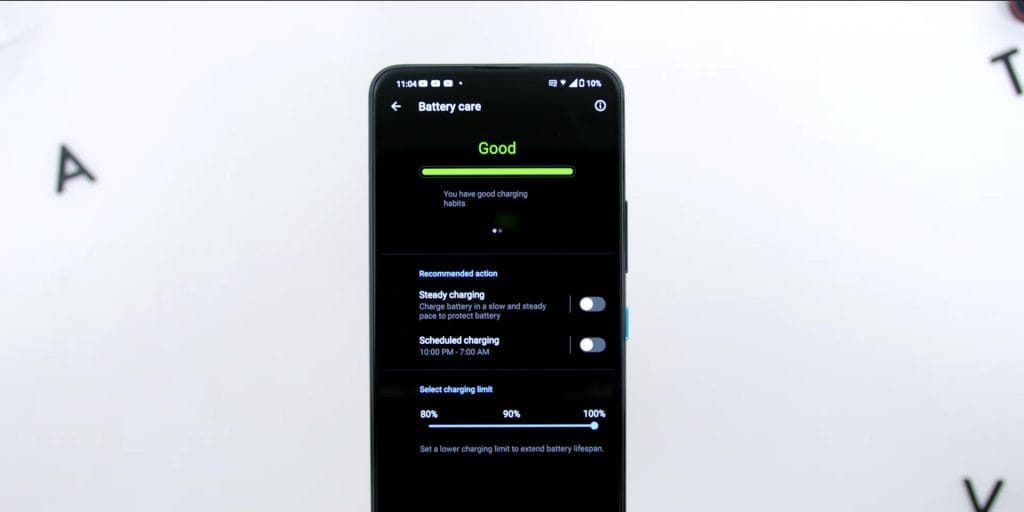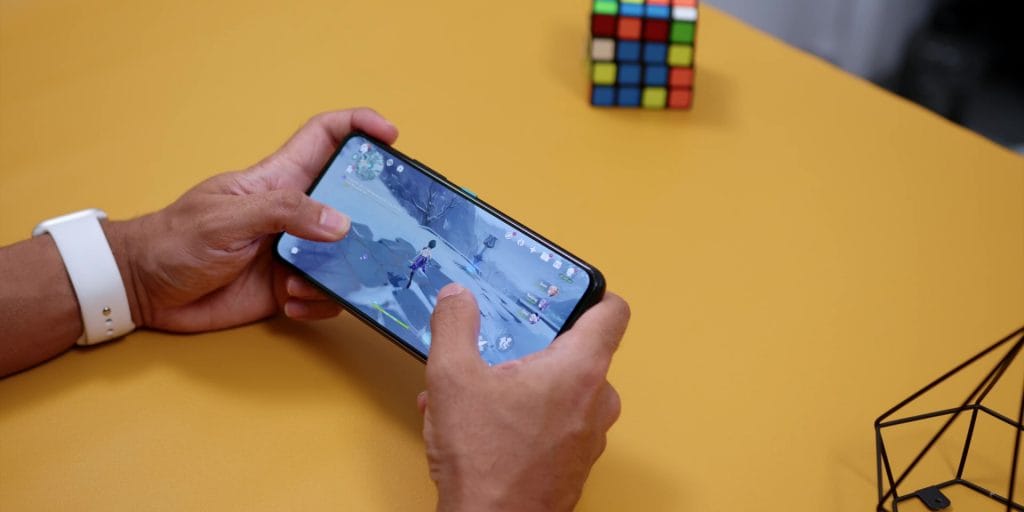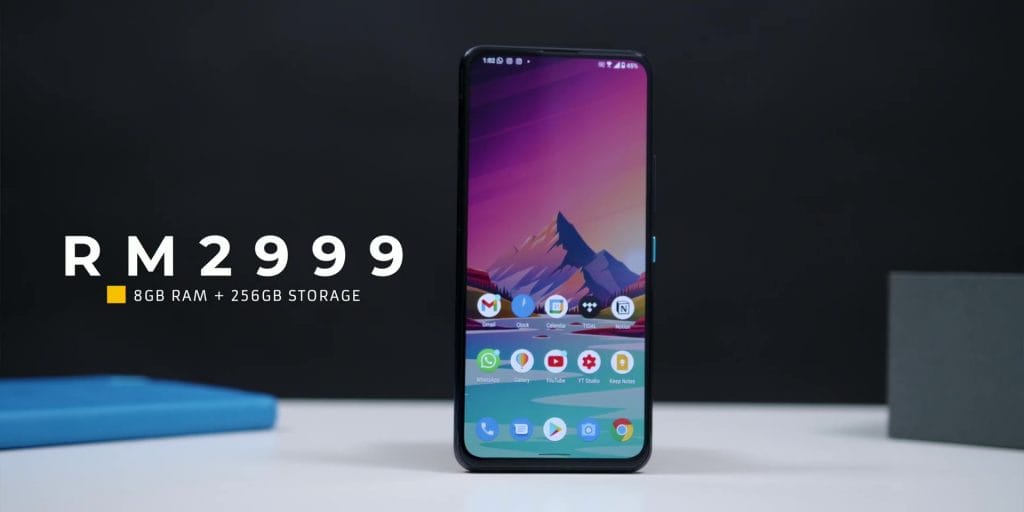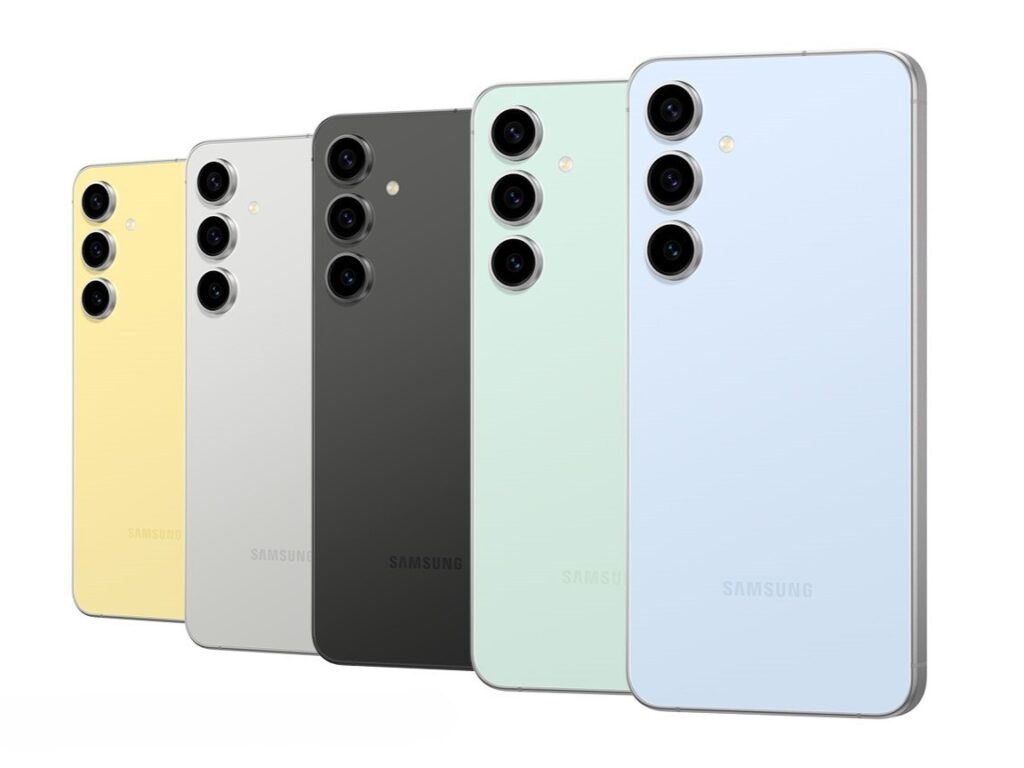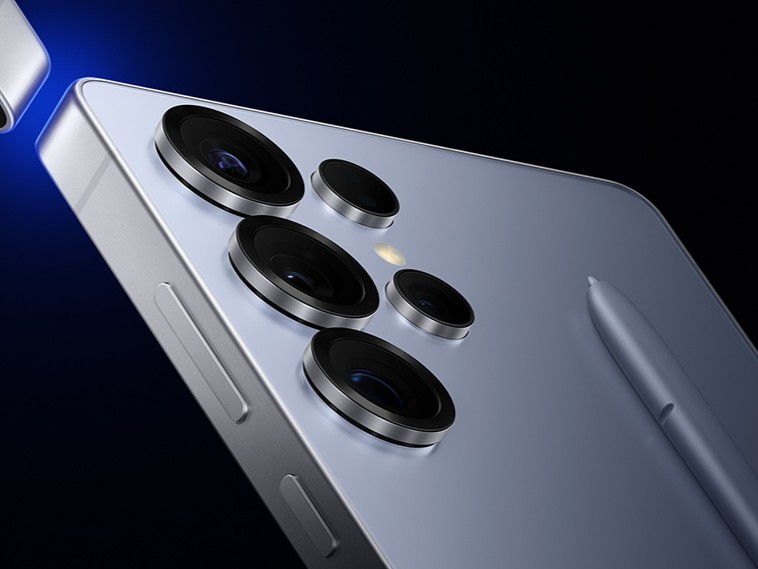So ASUS Zenfone Flip is currently the only phone which has a generation of flipped out cameras and stuck with this concept throughout the years, but the question is, is this just a gimmick to get people to buy the phone and how does the phone perform when using it from a day to day basis? Well, let’s find out!
Unboxing
Starting from the unboxing, the box comes in a nice and quality grey color box, with number 8 in the middle and ASUS Zenfone 8 Flip down below.
Opening the box, you will find another smaller box where it says “Defy Ordinary” on the outside, where you will find the SIM ejector pin, the user manual and a rather high-quality hard clamshell case, which is nice to know. So, good job ASUS!
Then you will find the phone itself. Below that, there is the USB-C to USB-C cable and the 30-watt charging brick.
[easy-image-collage id=2976]
[easy-image-collage id=2977]
Specifications
Looking at the phone’s specs, the ASUS Zenfone 8 Flip comes with the Snapdragon 888 Chipset which has the X60 5G Modem, then it also has the Adreno 660 GPU and the variant that I have is the 8 gigabytes of RAM with 256 gigabytes of UFS 3.1 storage and it is shipped with Android 11 where during my review period, it comes with ZenUI 8 with version 30.11.
Build Quality
Next, let’s look at the phone’s build.
At the back, it has a 3D curved Corning Gorilla Glass and because it is curved, it makes the phone feel great to hold. The phone did have quite a weight to it since it is packed with a mechanism and a large battery in the phone.
The overall matte finish on the frame made it feel like it was a premium design. The type of finish that I have is called Galactic Black, where it also comes in Glacier Silver, where both phones have a gradient finish.
As you all would have already known, the camera has a flip mechanism, that’s why it’s called the Zenfone 8 Flip, where when the the cameras are folded, it is right in the center towards the top with quite a camera bump but because it’s in the middle, when you type the phone on a surface, it doesn’t wobble at all.
Now speaking of the flipping mechanism, I do love the overall concept of it and when it comes to the build of the camera, it does seem to move easily when it’s flipped so it is not rigid, which means that you can be a bit more creative in your shots and it does change the orientation as well.
Now according to ASUS, this flip mechanism can last about 300,000 flips, but to be honest, I am very sure it could survive even more because remember how when the pop cameras were out and people were so worried about it? Well knowing ASUS, I don’t think there will be any issues with this.
And finally, there is a fall detection feature where if the cameras where flipped and so happen you drop the phone, it will automatically flip the camera back to ensure that the camera’s mechanism won’t be damaged
Then below the camera arrays, you will find a tiny little microphone over there which is a directional microphone that is used when recording videos where it will record audio according to the direction of the subject, whether it’s at the back, side or even front, more of a 3D audio recording which was quite neat.
As for the phone’s ports and buttons, looking down below other than the USB-C port, you will find one of the stereo speakers over there, where the other speaker is at the earpiece area. And towards the left over there, there is a notification LED.
On the right there is the power button in blue, which was a nice touch from ASUS and this power button could be remapped to actions for double press or press and hold commands. And you will find the volume rockers over there.
Then on the left, there is the dual SIM and microSD card slot.
Display
Next looking at the phone’s display it comes with a 6.67-inch Full Screen Nano Edge Display, with an AMOLED panel and a resolution of 1080 x 2400 pixels together with 90 Hertz refresh rate, where you can either adjust to leave it at Auto or manually select to 90 Hertz or even 60 Hertz.
On top of that, it has up to 1000 nits of peak brightness and HDR10+ and since it is an AMOLED panel, other than the Always On Display, it has an in-display fingerprint sensor where it does unlocks decently quick even with the unlocking animation on the phone.
So if you have been following my channel for quite a while, you would know that I absolutely love a full view or a full screen display without any hole punch at the screen area.
As you guys can see, with the 92 percent screen to body ratio, the visual experience when watching videos on YouTube and Netflix was really nice, with great colors and nice contrast as well.
Cameras
Alright, now let’s take a look at the flipping cameras…..er…that sounded like I was cursing…but I am not!
The phone has:
- a 64-Megapixel Sony IMX 686 sensor, f 1.8 aperture, with a 26mm lens
- an 8-Megapixel f 2.4 telephoto lens, with up to 3 times optical zoom, and;
- a 12 megapixel f 2.2 aperture 14mm ultra wide lens.
Now overall I have to say that I was very impressed with the image processing on the phone.
Ultrawide
Starting with the ultrawide shots, the focal length was really good with a lot to cover in the shots with extremely less on the barrel distortion for the sides. And the overall colors really looked pleasing and very true to life.
Main
The main camera shots had very consistent colors with no color shift from the ultrawide lens compared to what I have seen in most phones within this price range, with just amazing dynamic range and very sharp images
And the dynamic range was so good that I intentionally shot against the sunlight and yet, I could capture the images without getting any over exposure issues.
Zoom
Since there is a dedicated 3 times telephoto lens, you will find the images to be not only consistent in colors once again, but also very nicely detailed.
Portrait
Now if you are shooting objects, I would not recommend using portrait mode to get that nice subject focus to background blur, as I think it is better to use the main lens and get closer to the subject.
Night Mode
Then the Night Mode has two exposure options of either 4 seconds or 6 seconds with a slight difference in exposure timing for the ultrawide lens.
Where the ultrawide shots look great during the night but I really loved it more on the main lens.
Selfie
Then as for selfies, since you can just flip the cameras, guys….this is hands down the best selfie camera that I have ever seen on a smartphone.
Not only was the dynamic range extremely great, but the colors, the sharpness were just superb.
Selfie Portrait
Then the same could be said for the Selfie Portrait Mode, as the results were amazing with the best subject to background blur.
Night Selfie
Then I tested out taking selfies at night, and the main lens was nice and the amount of coverage that you get on the ultrawide lens was really great too.
Video
As for video, the phone records up to a massive 8K 7680 by 4320, and the 8K footage is currently the best that I have seen, with great stabilization and extreme amount of detail.
And there was no point in time that the camera overheated and stopped recording, like it constantly was on the Xiaomi Mi 11 Ultra and the OnePlus 9.
Since the camera is flippable, you can record selfie videos with that resolution, yes I know it is overkill but I think that is brilliant! And what’s extra sweet is that you can upload this 8K footage on Instagram stories, something which both the 8K footage on Xiaomi and Samsung couldn’t do!
Sound Quality
As for the phone’s speaker quality, here is where I have to applaud ASUS for taking audio a bit more seriously compared to many smartphones within this price range as of late.
Not only the speakers had great audio quality, with nice audio separation and very pronounced mids and a decent amount of bass. With an output of 91.7 dB, it is not the loudest compared to other stereo speakers on other flagship phone.
But they have the ASUS Audio Wizard where there pre installed audio mode like Dynamic Mode to boost the overall audio quality, Music Mode for listening to music, Cinema Mode for movie watching and Game Mode as well and here is a sound test
Software
Taking a look at the phone’s software, the ASUS Zenfone 8 Flip comes with ZenUI 8 on top of Android 11. As mentioned that this review was based on when the UI was updated for version 30.11
Now, this is the very first time that I am experiencing the ZenUI since this is also my first time reviewing an ASUS phone and I have to say that I have absolutely no complains as the overall navigation was pretty fluid with easy and almost stock android-like experience with a 200Hz touch sampling rate.
I noticed that Instagram does compress the images if you upload photos on IG stories and the add music function is not also available, and of course we need to blame IG for this and not ASUS.
So let’s hope that Instagram fix this issue with it soon and speaking of Instagram, if you are a regular user of IG Stories like me, I did find that there were time where the camera did hit the my hand as I am usually used to holding the phone with both hands but that’s more of my user error, but other than that, there was no issues when using this phone daily.
One thing worth mentioning is that there was NOT a point in time that the phone overheated compared to something like the Xiaomi Mi 11 Ultra or even the OnePlus 9 was as mentioned earlier, so for those who said it is because of the Snapdragon 888 chipset, well, now you know that is not the case.
Animation speeds can be controlled easily, the UI is more customizable as we are able to change the font, accent colours and icon shape. According to ASUS there will be at least 2 major OS updates for the phone, so that was great to know.
Battery
On to the phone’s battery, the ASUS Zenfone 8 Flip comes with 5000 milliamps of battery and that was one of the reasons why the phone had a thick and a heavier form factor.
So I did a screen on time battery test based on two scenarios of the refresh rate, where based on the refresh rate set to Auto, I got an average of 4 and half hours of screen on time when I was at 10% battery with dark mode turned on and about 4 hours and 20 mins of screen on time when I set the refresh rate to ONLY 90 hertz, so it is just a little of a difference there.
What’s nice is that ASUS has included many battery features such as Steady Charging, that lowers temperature when charging to of course increase the lifespan of the battery, scheduled charging to keep the phone at a lower percentage overnight and where you can set what time it stops charging.
And I also loved and appreciated the charging limit feature and the battery care health on top as well, which I feel that EVERY other smartphone should include such feature in order to really extend the lifespan of the battery.
Then the phone has fast charging up to 30 watts where the charger is in the box as seen in the unboxing earlier, which roughly charges the phone from 0 to 50 percent at about 30 minutes.
Gaming
Next when it comes to gaming, to test out the gaming capabilities I tested Genshin Impact, COD Mobile and PUBG Mobile as well.
Now, obviously this phone is not really dedicated for gaming, as ASUS has released the ROG phones for that, and during my gaming test, if you really take your gaming time for a really long time or extend the overall graphics like say overclocking the adjustments on Genshin Impact, the phone does get pretty hot to the touch.
ASUS has included a feature called Game Genie which is similar for the ASUS ROG phones which blocks notifications and gives you real time info when you are gaming.
Conclusion
So in conclusion, to answer the question on how the ASUS Zenfone 8 Flip is other than the whole camera flipping function, well I have to say that I was really impressed with the phone!
Not only the cameras performed really well and in my opinion one of the best out right now, especially when it comes to video, but the overall battery life was decent and using the phone from a day-to-day basis was quite a breeze as well. And it is surely a phone that I would really recommend, especially coming in with a price of only RM2,999.
I really have to tip my hat to ASUS for sticking with this flipping camera technology instead of stopping such features, like how it was when Samsung introduced the Samsung Galaxy A80 two years ago, and I am really glad that I got my hands on the phone to test it out.
So with this, do let me know what you think of the ASUS Zenfone 8 Flip and would you guys get it?
Aside from that, thank you so much for watching. Hope you found this video helpful in making your purchase decision, if it did, do give this video a nice big thumbs up, that would be very much appreciated. My name is Adam Lobo and I will catch you guys in my next video!

